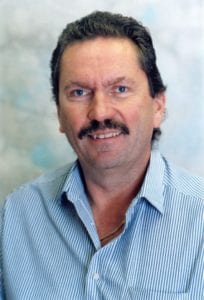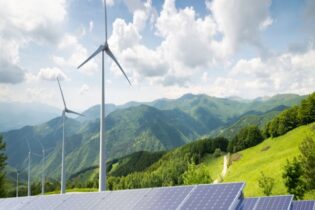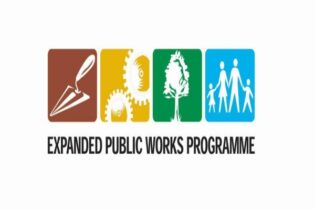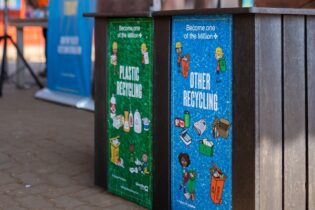New developments are emerging in South Africa’s national conversation on using hydraulic fracturing (fracking) technology to release shale gas in the Karoo. These include the publication of the updated Regulations for Petroleum Exploration and Operation 2015, and the commissioning of a two-year Strategic Environmental Assessment (SEA) by the Department of Environment Affairs.
This is according to environmental engineering firm SRK Consulting’s independent corporate consultant Peter Rosewarne. Developing expert knowledge As the manager of the Karoo Groundwater Expert Group (KGEG) – convened between 2011 and 2014 – Rosewarne said the KGEG had made substantial and ground-breaking progress in filling gaps in the knowledge base on groundwater in some of the areas where companies have applied for shale gas exploration permits. “Using reports, maps and databases from various organisations – including the then-Department of Water Affairs, the Water Research Commission, SOEKOR and Shell – we have been able generate groundwater potential and vulnerability maps, for instance,” he said. “As importantly, we have also been able to identify the main gaps in our knowledge – gaps which need intensive research.” Hard facts He said that while much is known about the relatively shallow aquifers (less than 300m deep) that supply many local municipalities and farmers, little is known about the hydraulic properties and groundwater occurrence in formations deeper than 500m or their possible interconnection to the shallow aquifer systems. Fracking would potentially take place at depths of between about 1 500m and 4 500m, where the shale gas formations occur, depending on the geology of each licence area. Deep core holes drilled by SOEKOR in the 1960s and 1970s, when it was exploring for oil in the Karoo, have provided interesting but sparse information on interceptions of hot artesian groundwater (measuring temperatures of 46 to 77 degrees Centigrade and flowing at about three litres per second) at depths of over 4 000m. Such flows were only recorded from wells below the Great Escarpment. “Local communities, especially in smaller towns and rural areas, are usually reliant on groundwater, so we have been working to improve our understanding of aquifer systems in order to inform any local use of groundwater,” said Rosewarne. “This must also inform the country’s need for a defensible strategy for gas exploration, regulatory compliance and management of risks.”The updated petroleum exploration and operations regulations recognise concerns around fracking and provide for, inter alia, exclusion zones around wellfields, boreholes, wetlands and springs, requirements for baseline sampling and monitoring, and well closure.
The unknown factors that still need further investigation, said Rosewarne, include deep groundwater occurrence, origin, quality, temperature, pressure, interconnectivity between such groundwater and shallow aquifers, and the influence of the numerous dolerite intrusions that occur in much of the Karoo. Qualitatively, it can already be hypothesised that the risks from shale gas exploration or production will vary between licence areas as these unknowns vary. “Knowledge of these factors and parameters is needed to properly assess risks to the shallow aquifer,” he said. “For instance, it will be important to establish whether deep, old and saline groundwater is already upwelling naturally into the shallow aquifer in places. Any such zones should be avoided for the siting of exploration or fracking wells, as they would indicate that pathways exist for the upward transport of contaminants.” Factoring in toxic spills Rosewarne said key risks to water quality were also likely to include surface spills of chemicals during transport and storage at depots and well heads, as well as the legacy of long-abandoned wells. “The Karoo is an arid area and groundwater often forms sole-source supplies for municipalities and farms,” said Rosewarne. “So groundwater should only be considered for supply to well pads if local resources are viable and sustainable, and as long as it can be shown that this usage will not compete with existing users.” By the time that exploration or production takes place in the Karoo, if they do, technology may have progressed to a point where water is not required for the fracking process, making some concerns redundant. Still more to learn “So far, some academic studies have tended to apply only default values and assumptions to the shale gas debate, which has often led to predictions of a worst-case scenario that envisages widespread contamination of Karoo aquifers,” said Rosewarne. However, the Water Research Commission is funding projects investigating aquifer vulnerability, deep-shallow groundwater interaction and the impact of unconventional gas mining on water resources. Rosewarne sits on the guiding Reference Groups of some of these projects.






